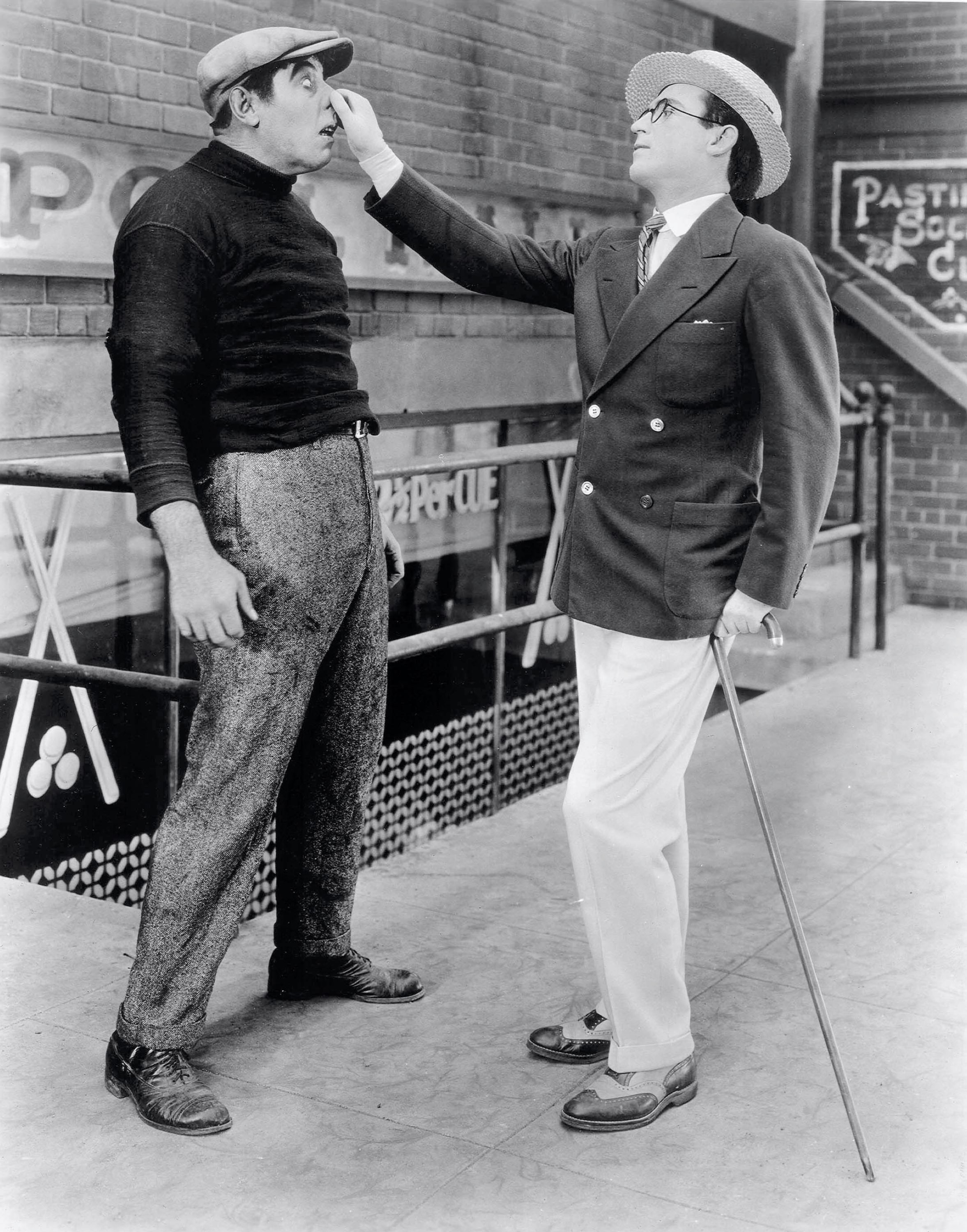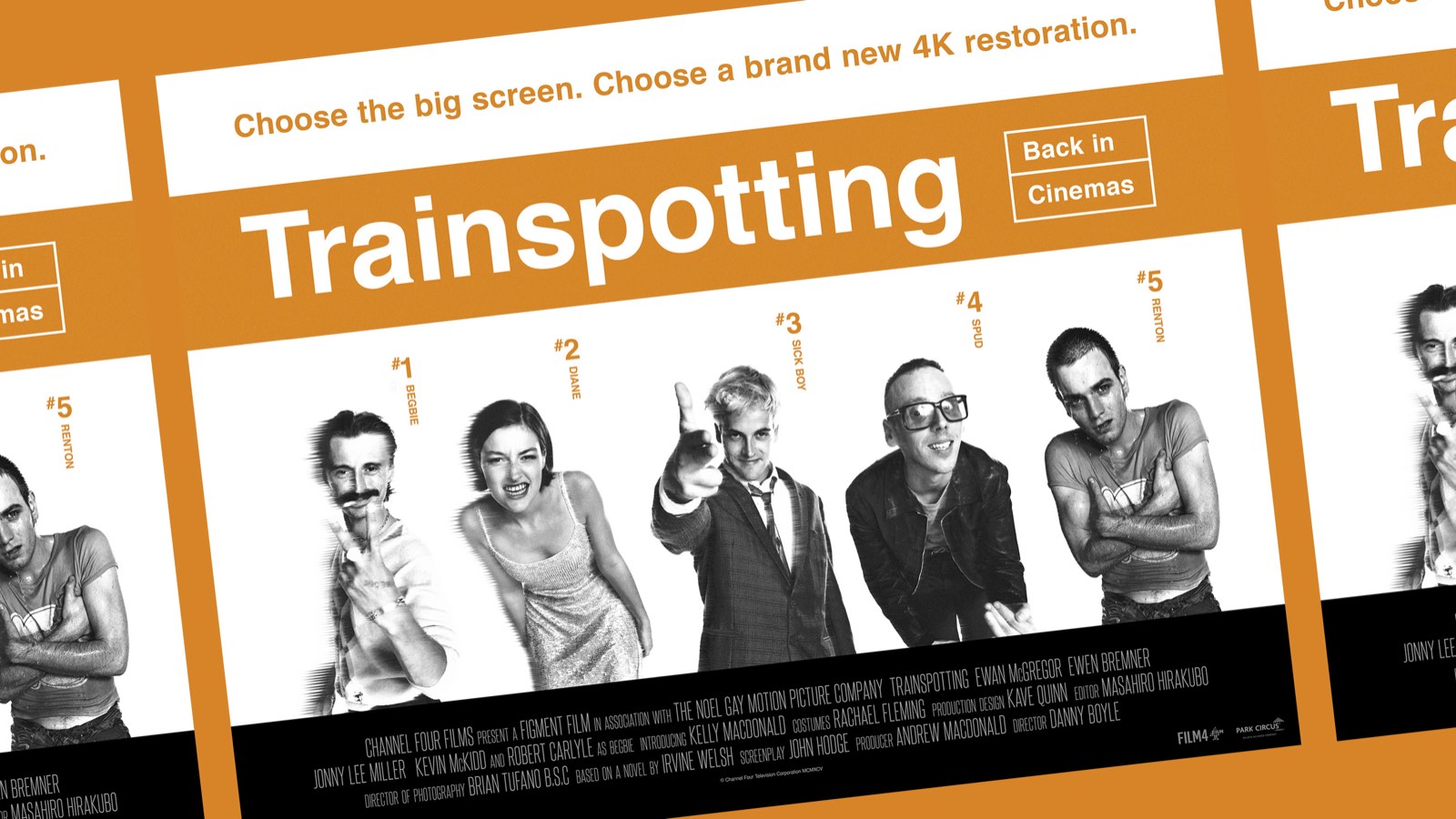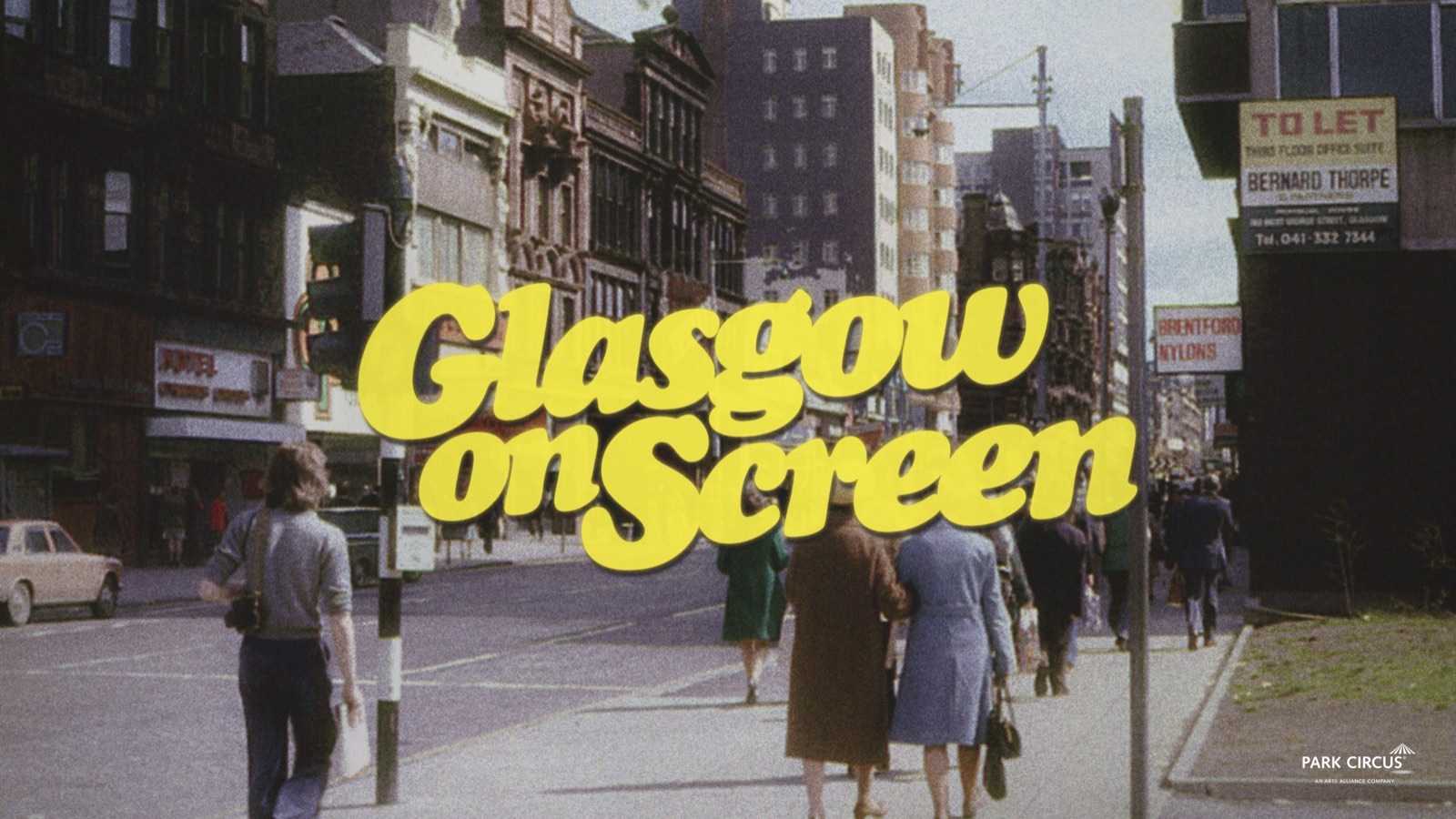

To celebrate what would have been Harold Lloyd’s 127th birthday on 20 April, we had the great honour of speaking to his only granddaughter Suzanne Lloyd and asking her to curate a special collection from the Harold Lloyd catalogue of films.
Read on for some wonderful in-depth and insider details about the catalogue, some touching personal memories about Harold, and fascinating behind-the-scenes trivia about this founding father of film comedy...
Why do you think Harold’s films are especially suited for this complicated time?
Harold’s films are very uplifting, they’re funny. They are about relationships with other people, with children, with elders, with your best friend, with your mom, your next-door neighbour. He does a personal comedy that plays in real-time about real people and I think that’s very needed now, especially in a very digital age. He is funny to a point, but it is real. It is comedy with real actions that can happen in real life. I also think he’s a very relatable comedian.
What is one film that you think is especially well-suited to watch right now?
I think The Kid Brother (1927) is a wonderful film to watch. Because it’s kind of the Cinderella story, just with a young boy who is always put down. In the end, he becomes the fabulous hero, makes his family proud, outwits the bad guys and shows the whole town that he’s really got a great spirit and that he’s a real fighter in life. It’s a learning curve of how to believe in yourself and grow up, but there are also some very poignant moments of finding first love. They say that comedians make some of the best dramatic actors, because there is a fine line between very high comedy and drama.

The Kid Brother
What is your personal feel-good choice, which do you find yourself watching the most often?
I love a film called Speedy (1928). Shot in New York, it was his last silent film. I think the energy captured in seeing the city at the top of the Jazz Age in 1927, with the transportation changes from the cars and the buses and they still have horse-drawn trolley cars and wagons. It’s a changing world and a changing time for that city. But you go to Coney Island and the Luna Park, which is still there today. It was the first film that was ever taken into New York to shoot on location, ever. Films had been shot in New York, by Edison and other filmmakers, but Harold literally took his Hollywood crew and put them on a train and used them there to shoot on location, and that had never been done before.

Headshot of Harold Lloyd from Speedy
For people who may have never seen a Harold film, which one would you recommend as a way into his canon?
If you were a newcomer to Harold Lloyd, you’d probably start with Safety Last! (1923), but I think that any form of Harold’s comedy – whether it’s starting with his first feature, Grandma’s Boy (1922), or A Sailor-Made Man (1921) which is a three-and-a-half reeler, or even Why Worry? (1923) where he plays against a giant, which is very funny – he always plays his same character, the Boy, Harold, with his glasses.
What is your favourite moment from his filmography?
Even to this day, the climb in Safety Last! (1923) is amazing. I hate that mouse so much, when he runs up his pants, it absolutely still makes me go “I hate it!” and I also don’t like birds, so ones in the climb, those just really get me!
But I also love when he climbs the tree to say goodbye to Mary in The Kid Brother (1927). It’s just beautifully constructed, and so poignant. Also I love in his talking film Movie Crazy (1932), the magician’s coat scene where he goes to the party and it all falls apart. They did it basically in this one long, full take and it’s amazing.
Which is a film that is a hidden gem in the catalogue that you think deserves more play time and recognition?
A film called For Heavens Sake (1926) where he plays a millionaire and goes through three brand-new cars in the opening of the movie. Actually, BBC News put it on the top of their list of “most comforting films for challenging times” to calm your nerves and lift your spirits and make you feel better.

For Heaven's Sake
Is there a film that Harold himself was the proudest of?
He loved his first feature, called Grandma’s Boy (1922). It was a dramatic comedy, it’s not seen a lot now, but he plays a boy who’s trying to please his grandmother. He’s very cowardly and he has to go into the war and his grandmother gives him a talisman, so he takes it with him, and he thinks it has magic powers. This film was his first feature film ever and he was very proud of that and got high acclaim for it because it had a lot of drama in it. Even Chaplin raved about it!
At the end of his life, he really loved The Kid Brother (1927). I think that it is the closest to being a perfect silent film that was ever made.
What can you tell us about his relationship with leading lady and future wife Mildred Davis?
In a number of his films from 1919 to 1924 his leading lady was Mildred Davis, who he ended up marrying, and that is my grandmother. She was a great little actress and they had three children together, they were married for almost 50 years. You know it was interesting, they were really a Hollywood couple that stayed together and acted together. When he married her, he said, “I’m sorry, you can’t be my leading lady anymore because people know we’re married and it’s not funny” and he went and got another leading lady, Jobyna Ralston. When I see the films the two of them are in because I was raised by them and lived with them for basically 20 years, that’s very special for me.
Can you tell us the story of Harold’s infamous accident in 1919?
They were making this film Get Out and Get Under (1920) and Harold was asked to go and do some publicity stills. He goes to the studio and they’re looking around for something funny to do for the photos, a clever trick. One of the assistants found a bomb, it was supposed to be one of these paper-mace bombs, and Harold was going to light a cigarette off the fuse of the bomb, as a joke. He lit the fuse and he turned to the photographer and said, “there’s just too much smoke” and when he lowered his hand, it was a real bomb! It went off and knocked him back, knocked the camera guy back, the assistant, everybody. It blew a hole in a 16-foot ceiling and started a fire, and Harold dragged out the assistant on the street, not realising that his hand had been blown off. When he woke up in the hospital, he was bandaged, he had temporarily lost his eyesight from the gunpowder and had burns on his face, and he had lost his thumb and his first finger and half of his right palm in that accident.
Then Harold said to Roach “don’t put my films out every week, just keep me on the screen so people still see me and they won’t think something’s happened.” He had so many films because he was making a two-reeler, 22-minute film a week. They put out some pictures of him bandaged up and they played it like this for 8 months until his sight came back and his face was healing. Roach went to Sam Goldwyn, who had a cousin that had a glove manufacturing company, and that’s where he came up with that glove to cover his injured hand.
Later on, when Harold went into talkies, Wally Westmore, the famous makeup artist, came up with prosthetic hands for Harold that he could manipulate and move. Harold had to teach himself how to get by in films with his left hand instead of his right hand, since he was right-handed. In real life, he never wore a prosthetic, never covered it up.
It was very cool on screen how he handled it, but even more how he handled it as a person and as a star. He loved people, he had a very philanthropic attitude. He was a Freemason, and also ran hospitals and started three Institutes that are run by the Shriners - and they’re still the finest burn institutes around for children.

Get Out and Get Under
Harold did many things outside his films, what else was he involved in?
He was very progressive in his own way. He was an incredible 3D photographer, incredible. In fact, this DVD just came out called 3D Rarities Volume 2. I've done 3D books on his photography too and I’m getting ready to do another one on Marilyn Monroe and his photography of her with Brian May.
You know, he was so exuberant about life, and he was such an adventurer, such a Renaissance Man. He l loved all kinds of music, it wouldn’t matter. He played the Beatles and the Stones for me forever. He’d say “You can do the three Bs - Bach, Beethoven and Beatles.” He loved photography, he loved games, he loved sports. He was a great handball player, that’s how he built his hand up actually after the accident.
He was always out there enjoying every minute that he could. He was always engaged. He wasn’t anybody to sit there and not care. He loved young people, young filmmakers, he loved to hear the progression of what they were doing with the cameras and the lights. You know, a funny thing is, the title of the film Speedy (1928), that was his nickname. His father nicknamed him “speedy” years before. They used it in The Freshman (1925) too, when he says, “step right up and call me Speedy.” I guess in a way, he was very much like his screen character!
Check out our Harold Lloyd collection
Watch our Harold Lloyd Cinemoments clip




